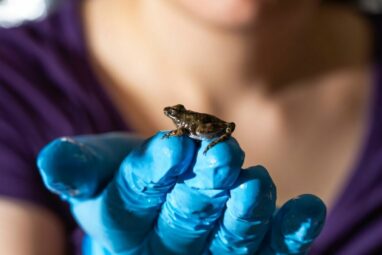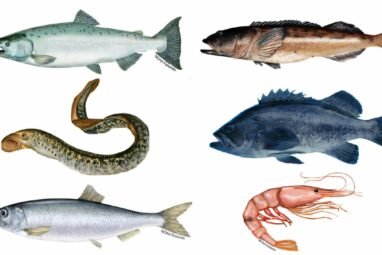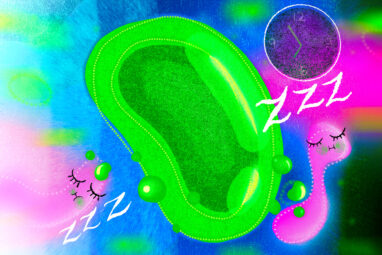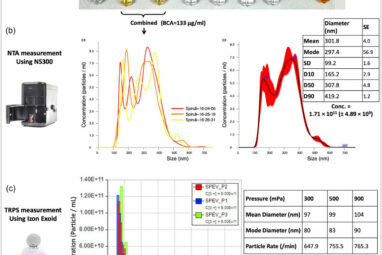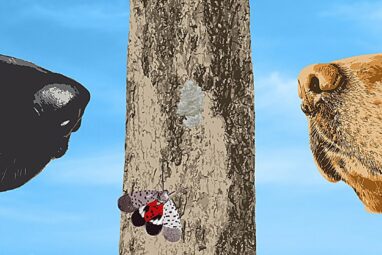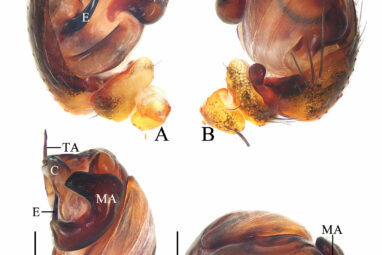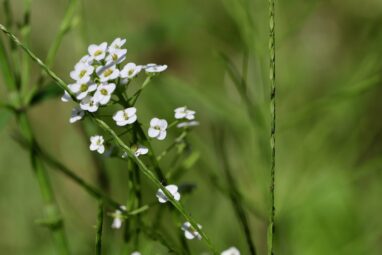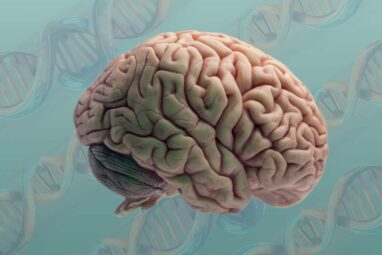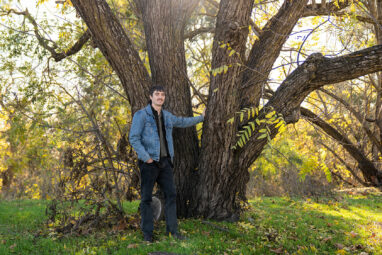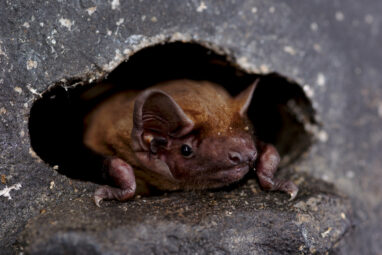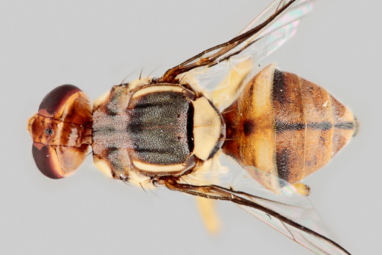Is walking on water possible for frogs? Several species have fascinated observers with their abilities to skip side-to-side and leap...
The tiny particles that are shed from clothing, packaging and other plastic products are winding up in the fish that...
One of the hardest-working organisms in the ocean is the tiny, emerald-tinged Prochlorococcus marinus. These single-celled “picoplankton,” which are smaller...
JCU researchers have found particles in the popular “superfood” Spirulina that could lead to significant advancements in vaccine production and...
Growers and conservationists have a new weapon to detect invasive spotted lanternflies early and limit their spread: dogs trained to...
A Chinese scientist has named 16 new spider species after songs by popular “Mandopop” musician Jay Chou. Mi Xiaoqi, a...
Biologists at Indiana University Bloomington have shown that the surfaces of plant leaves are coated with a diverse array of...
Our brain is arguably the organ that most distinguishes humans from other primates. Its exceptional size, complexity and capabilities far...
The genetics behind the alternating sexes of walnut trees have been revealed by biologists at the University of California, Davis....
The genetics behind the alternating sexes of walnut trees have been revealed by biologists at the University of California, Davis....
Birds are the undisputed champions of epic travel, but they are not the only long-haul fliers. A handful of bats...
The common fruit fly (Drosophila melanogaster), more correctly called the vinegar fly, is a frequent visitor to ripe fruit in...
